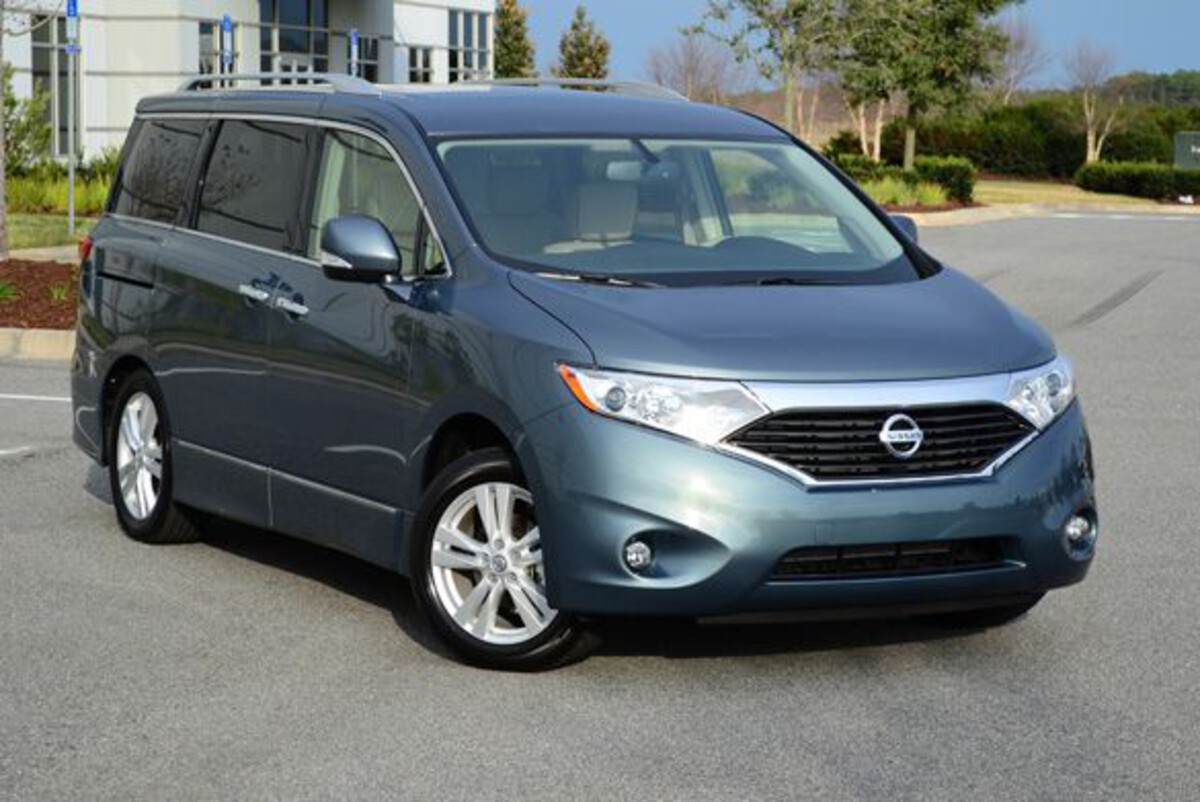Minivans might not spark the same enthusiasm as sports cars or rugged SUVs, but for millions of families, they’re indispensable.
They’re the quiet workhorses of the road—ferrying kids to school, hauling groceries, and enduring countless road trips.
But with such heavy use comes an important question: which minivans are truly built to last, and which ones break down before they’ve earned their keep?
In this two-part comparison, we highlight five minivans known for lasting a decade or more with relatively minimal trouble, as well as five that tend to become frequent flyers at repair shops.
With maintenance costs and downtime becoming critical concerns for today’s cost-conscious families, reliability and longevity matter more than ever.
Our goal is to separate dependable vans from the lemons, drawing on real-world reliability data, owner satisfaction scores, and long-term service records.
Whether you’re looking to invest in a new minivan that will last you 200,000+ miles or want to avoid a purchase you’ll regret, this guide is designed to help you make smarter choices.
First, we’ll spotlight the minivans that shine when it comes to reliability and lifespan. After that, we’ll address the ones that have earned a reputation for more time in the shop than on the road.
Also Read: 5 Cars With the Cheapest Brake Jobs and 5 With Costly Discs
5 Minivans With Decade-Long Lifespans
Minivans are judged on more than their sliding doors and three rows of seating—they must also be trusted long-term companions. For growing families, reliability over a decade isn’t a luxury—it’s a necessity.
And yet, only a handful of models routinely exceed the 200,000-mile mark without major issues. These long-lasting vans are not only built with solid engineering but are also backed by strong aftermarket support, dependable powertrains, and simple, serviceable designs.
In an era when vehicles often double as mobile offices, kid shuttles, and vacation haulers, longevity matters more than ever.
While trends and styling can influence initial sales, it’s long-term durability that defines true value. That’s why this list focuses on minivans that consistently deliver a decade or more of dependable service, with minimal unexpected repairs.
We considered a blend of factors, including owner-reported mileage, repair frequency over time, brand reliability rankings, and typical maintenance costs.
Each van on this list has proven itself as a high-mileage hero and has the track record to back it up.
If you’re in the market for a minivan that won’t tap out after five years or turn into a money pit by year eight, these five models deserve serious consideration. Let’s take a look at the champions of longevity in the minivan world.
1. Toyota Sienna
If there’s one minivan that consistently tops reliability charts and wears high mileage like a badge of honor, it’s the Toyota Sienna.
Known for its bulletproof engineering, this van has become a poster child for decade-long dependability, often crossing the 250,000-mile mark with ease. Toyota’s reputation for reliability is well-earned, and the Sienna exemplifies that standard with every generation.
At the core of its longevity is the 3.5-liter V6 engine, a workhorse that’s both powerful and refined. Paired with a smooth-shifting automatic transmission and a well-tuned suspension, the Sienna manages to stay robust even under the stress of constant family hauling.
Owners regularly report minimal issues beyond routine maintenance, with brake jobs, oil changes, and tire rotations being the primary upkeep tasks for the first 150,000 miles.
Unlike some competitors, the Sienna also offers available all-wheel drive, making it a great year-round option in snow-prone regions.
Inside, it’s built with family use in mind: durable materials, thoughtful layout, and tech that keeps kids entertained without being overly complex or glitch-prone.
The interior wears well over time, and features like power sliding doors and rear-seat entertainment systems are known to hold up with minimal issues.
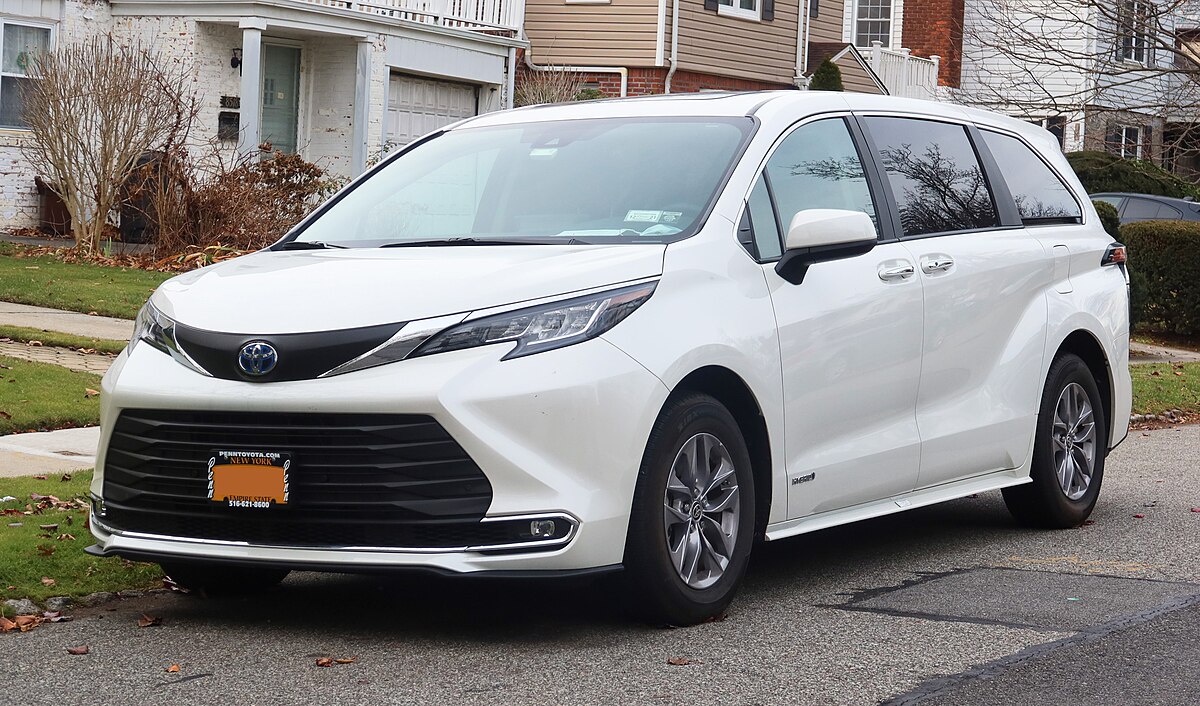
What sets the Sienna apart, however, is its predictable ownership experience. RepairPal ranks it highly for low repair frequency, and resale values stay strong even after a decade on the road. It’s not just a van you buy—it’s one you can rely on through multiple stages of family life.
Whether you’re a parent with toddlers, teens, or even empty-nesting, the Sienna earns its spot by combining reliability, comfort, and value in a single, long-lasting package.
Simply put, if you want a minivan that won’t let you down after ten years, the Toyota Sienna is a near-perfect pick.
2. Honda Odyssey
The Honda Odyssey is another legendary name in the minivan segment, and it’s easy to see why. This van doesn’t just survive for a decade—it thrives, delivering solid performance, smart features, and long-term reliability that has won the trust of countless families.
It’s often found on the road well past 200,000 miles, and many owners proudly report driving the same Odyssey for over 15 years with minimal trouble.
One of the Odyssey’s key strengths is its refined V6 engine, known for being both fuel-efficient and long-lasting.
While earlier models had some hiccups with transmission issues, especially in the early 2000s, Honda made steady improvements, and models from 2011 onward have significantly better durability. The i-VTEC engine and updated 6- to 10-speed transmissions in newer versions are particularly smooth and dependable.
Inside, the Odyssey’s well-designed cabin features high-quality materials that stand up to wear, even after years of juice spills, pet hair, and muddy cleats.
Its Magic Slide seats and flat cargo floor add functionality and space flexibility, while Honda’s infotainment and safety tech systems—like Honda Sensing—work reliably over time with few bugs or breakdowns.
Maintenance costs for the Odyssey are generally affordable, with timing belt replacements and brake servicing among the bigger-ticket items over 100,000 miles.
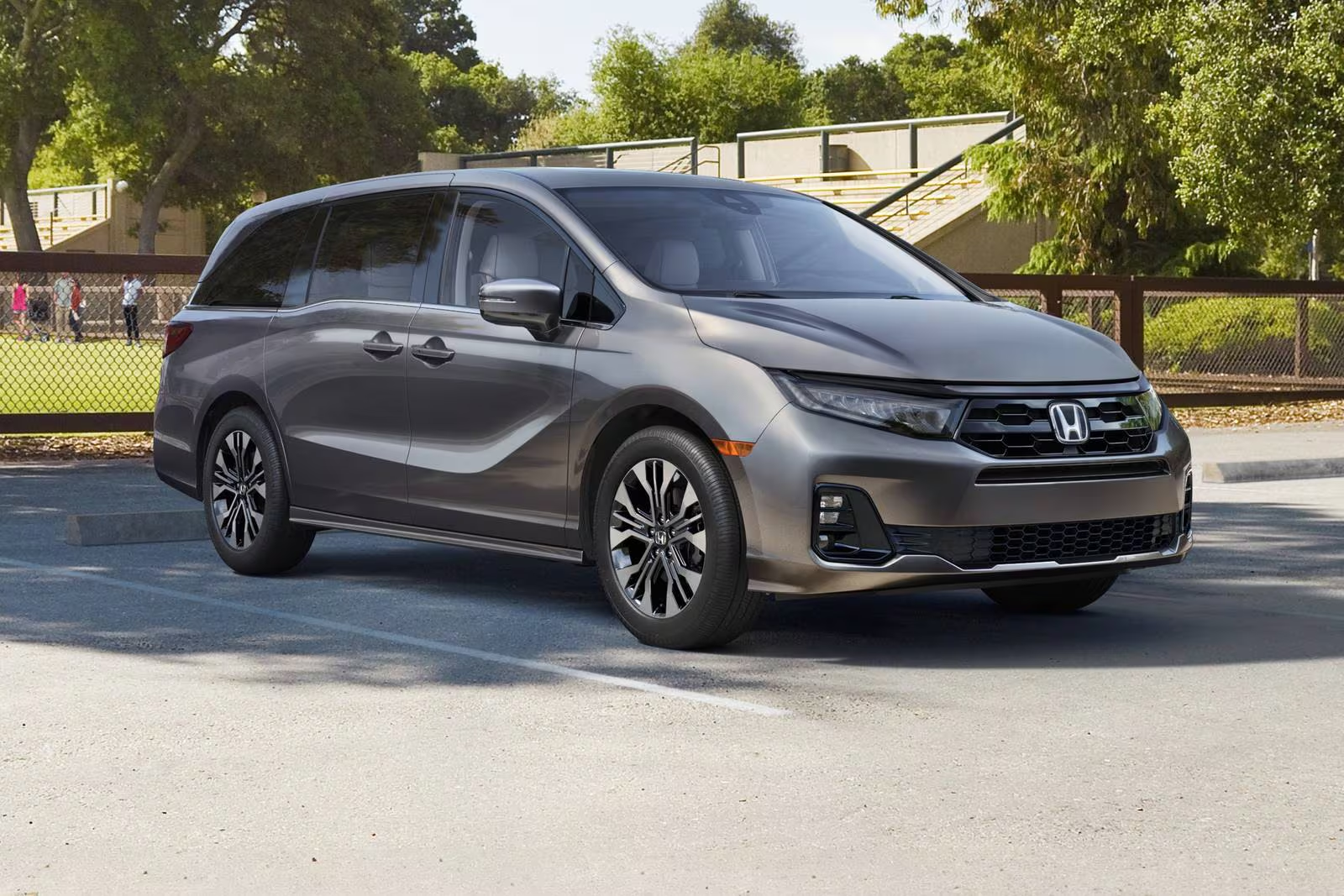
But it’s rare for these vans to need major engine or electrical repairs before reaching the 200,000-mile threshold. Honda also supports the Odyssey with a robust parts network and strong dealership service reputation, further reinforcing its long-term value.
The Odyssey blends practicality with a driving experience that feels more car-like than most vans, making it less of a chore to pilot on long road trips.
It’s ideal for families who want a vehicle that grows with them—and keeps going strong even after the kids are grown.
3. Kia Sedona (2015–2021)
The Kia Sedona, particularly from the 2015 to 2021 model years, represents one of the most surprising success stories in the minivan world.
Once considered a budget option, the Sedona has grown into a respectable, long-lasting family hauler with a reputation for durability that now rivals more established names.
For families seeking a decade-long relationship with their vehicle without breaking the bank, the Sedona is a quietly reliable contender.
The third-generation Sedona brought a major leap in quality and refinement. Its 3.3-liter V6 engine delivers smooth, reliable power and has proven to be low-stress in real-world use.
Combined with Kia’s continuously improving build quality and design maturity, the Sedona shed its economy-car feel and embraced a more upscale and durable persona.
What helps the Sedona last is its simple yet effective mechanical layout. Unlike more complex vans with intricate all-wheel-drive systems or overly ambitious tech packages, the Sedona focused on functional reliability.
Key components—engine, transmission, suspension—are easy to service and tend to age well with routine maintenance.
Kia’s 5-year/60,000-mile basic and 10-year/100,000-mile powertrain warranty is one of the strongest in the business, offering owners peace of mind during the first crucial years of ownership.
But even after the warranty expires, Sedonas tend to hold up well if cared for properly. Major repairs are relatively rare before the 150,000-mile mark, and interior durability is solid thanks to quality materials and intuitive design.
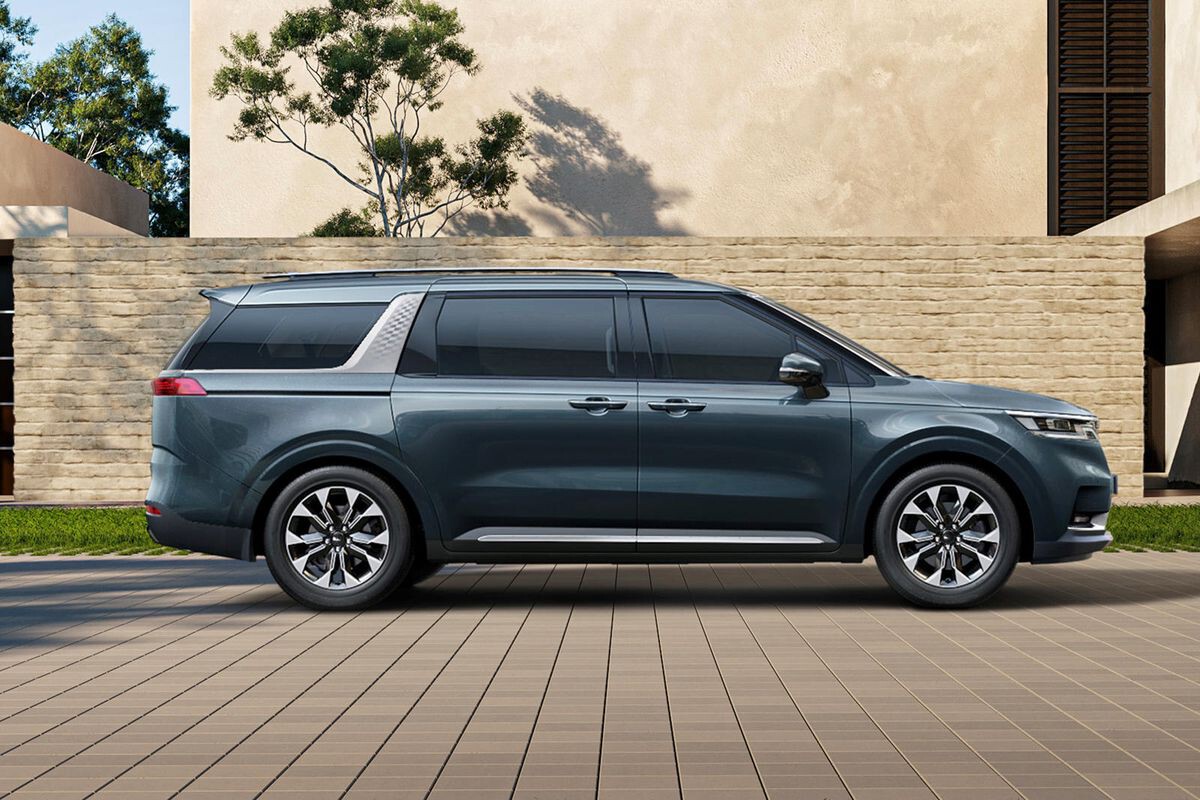
The Sedona may not have quite the brand prestige of a Honda or Toyota, but it’s earned real-world respect through dependable performance and long-term comfort.
Plus, it’s often priced lower on the used market, making it an excellent value for families who want reliable transportation that doesn’t come with a luxury-level price tag.
If you’re looking for a dependable, straightforward minivan that will go the distance, the Kia Sedona quietly delivers exactly that—year after year.
4. Chrysler Pacifica (Gas Models, 2017–Present)
The Chrysler Pacifica may surprise some readers by landing on the long-lifespan list, especially given the brand’s mixed reliability reputation.
However, the gasoline-powered versions of the Pacifica—particularly those from 2018 onward—have shown notable improvements in engineering and build quality, allowing them to achieve solid longevity when properly maintained.
Under the hood, the Pacifica features the 3.6-liter Pentastar V6 engine, an engine that has earned praise across multiple Chrysler, Dodge, and Jeep models for its reliability and longevity.
When paired with the 9-speed automatic transmission, the Pacifica delivers a refined and smooth drive experience that holds up well over time.
Though earlier models had some transmission tuning quirks, software updates and design refinements addressed most of those by 2019.
What makes the Pacifica stand out is its blend of innovation and practicality. Features like Stow ‘n Go seating, where the second and third rows fold flat into the floor, are not only convenient but built to last.
Interior wear points—such as seat materials, trim, and controls—tend to remain intact even after years of daily abuse from kids, pets, and cargo.
Real-world owners often report that with regular oil changes, transmission services, and attention to factory service intervals, the Pacifica can easily cross the 200,000-mile mark.
Online forums and owner surveys back this up, showing strong long-term satisfaction rates for the gas-powered models.
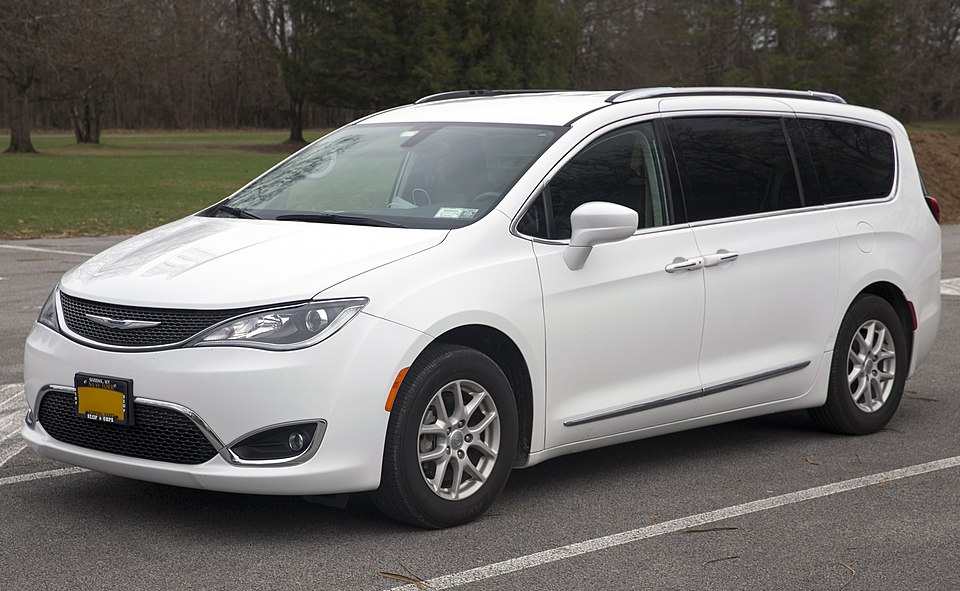
It’s worth noting that the Pacifica Hybrid, while innovative, has had more reported issues with its plug-in hybrid system, making the standard gas version the better bet for long-term peace of mind.
The gas Pacifica also benefits from widespread parts availability and service networks, reducing the cost and hassle of long-term upkeep.
For families who want a stylish, comfortable, and surprisingly reliable van with modern features and strong staying power, the Chrysler Pacifica (gas) proves to be a smart, decade-ready choice.
5. Mazda5 (2012–2015)
Though technically a compact minivan—and no longer in production—the Mazda5 earns a place on this list for its exceptional long-term durability and owner satisfaction, especially for those who prioritize efficiency and simplicity over size.
Often overlooked due to its smaller footprint and lack of marketing hype, the Mazda5 is a hidden gem for buyers who want a reliable, low-maintenance vehicle that’s more maneuverable than traditional minivans yet just as functional for small families.
Under the hood, the Mazda5 features a 2.5-liter inline-4 engine paired with a manual or automatic transmission, depending on the model year and trim. This setup offers a key advantage: mechanical simplicity.
There’s no turbocharging, no hybrid system, no complex all-wheel-drive hardware—just proven, dependable parts that hold up exceptionally well with routine maintenance.
Owners frequently report reaching the 200,000-mile mark with very few unscheduled repairs. Common issues, like sway bar bushings or brake wear, are inexpensive to address.
Mazda’s focus on nimble driving dynamics also means the Mazda5 avoids the floaty handling typical of larger vans, making it a popular choice for drivers who want a car-like feel with van-like practicality.
Inside, the Mazda5 offers three rows of seating in a compact footprint, plus sliding rear doors—a major plus in tight parking spots.
While its cargo space isn’t on par with full-size vans like the Sienna or Odyssey, it provides more than enough room for daily commuting, school runs, and grocery hauls.
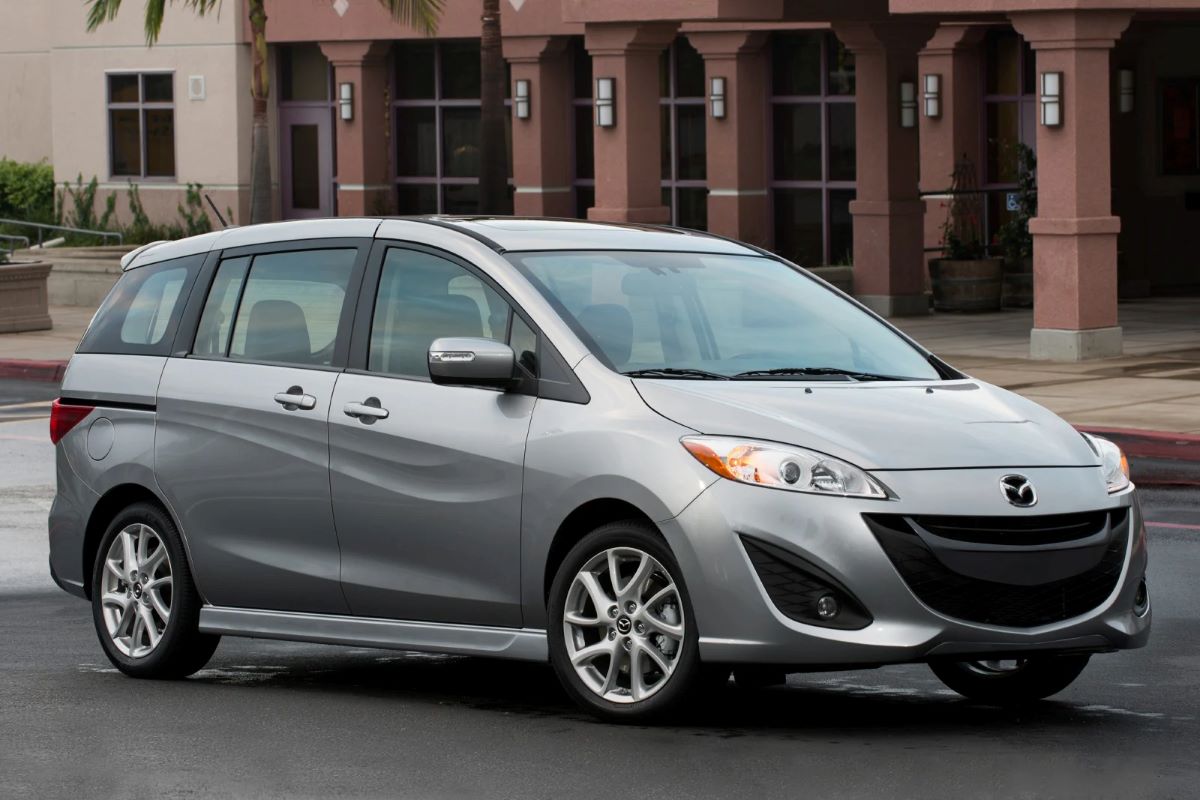
The interior is also remarkably resilient, with firm materials that age gracefully even after years of kid-induced wear and tear.
Although the Mazda5 was discontinued after 2015, used models continue to be sought after for their exceptional longevity, low cost of ownership, and ease of service.
For urban families or those who don’t need the bulk of a full-size van, the Mazda5 remains one of the most durable and overlooked decade-long performers.
5 Minivans That Constantly Visit Shops
Not all minivans are created equal. While some prove to be durable family companions for well over a decade, others can quickly become burdens—plagued by frequent repairs, frustrating breakdowns, and costly maintenance.
For families on a budget, the promise of a roomy, feature-packed van can be tempting, but in some cases, those perks are offset by poor long-term reliability.
This section is dedicated to minivans that have gained a reputation for visiting the repair shop more often than expected, sometimes even before hitting the 100,000-mile mark.
These models may have debuted with exciting features or aggressive price tags, but over time, they’ve revealed their shortcomings—ranging from fragile transmissions to persistent electrical issues or hard-to-source parts.
We’ve compiled this list based on data from owner complaints, reliability rankings from platforms like Consumer Reports and J.D. Power, and mechanic-reported issues that tend to surface repeatedly in certain models.
These are the vans that, while they may offer value on paper, often end up draining wallets and patience in the long run.
In some cases, poor manufacturing decisions, under-engineered components, or overly ambitious tech that wasn’t ready for prime time are to blame.
In others, it’s simply a lack of consistency from one model year to the next. Regardless of the cause, these vans have shown that short-term savings can turn into long-term headaches.
If you’re in the market for a minivan—or looking to offload one you’re having trouble with—this list serves as a heads-up. Below are five minivans that, despite their features or popularity, too often end up on a first-name basis with the folks at the repair shop.
1. Dodge Grand Caravan (2008–2020)
The Dodge Grand Caravan was once America’s best-selling minivan, thanks to aggressive pricing and its clever Stow ‘n Go seating system.
But behind its practical layout and family-friendly design lies a history of persistent mechanical problems, especially in models produced between 2008 and 2020.
While the Caravan is ubiquitous on the road, many owners can attest that it often earns its mileage through repeated trips to mechanics.
One of the most common issues stems from the 6-speed automatic transmission, which is known for premature failure, rough shifting, and torque converter problems. Many owners report the need for a full rebuild or replacement before even reaching 100,000 miles.
These repairs aren’t cheap and can total thousands, even with rebuilt parts. The electronic transmission control module has also been a frequent failure point.
Then there’s the electrical system—arguably one of the Grand Caravan’s most frustrating weaknesses. Power sliding doors and liftgates often fail, key fobs lose functionality, and dashboard warning lights are notorious for flickering on with no clear resolution.
TIPMs (Totally Integrated Power Modules), the brain of the vehicle’s electrical system, are a particular Achilles’ heel and are expensive to diagnose and replace.
Beyond that, interior materials degrade quickly, especially in high-use family environments. Cracking dashboards, broken trim pieces, and sagging headliners are common complaints.
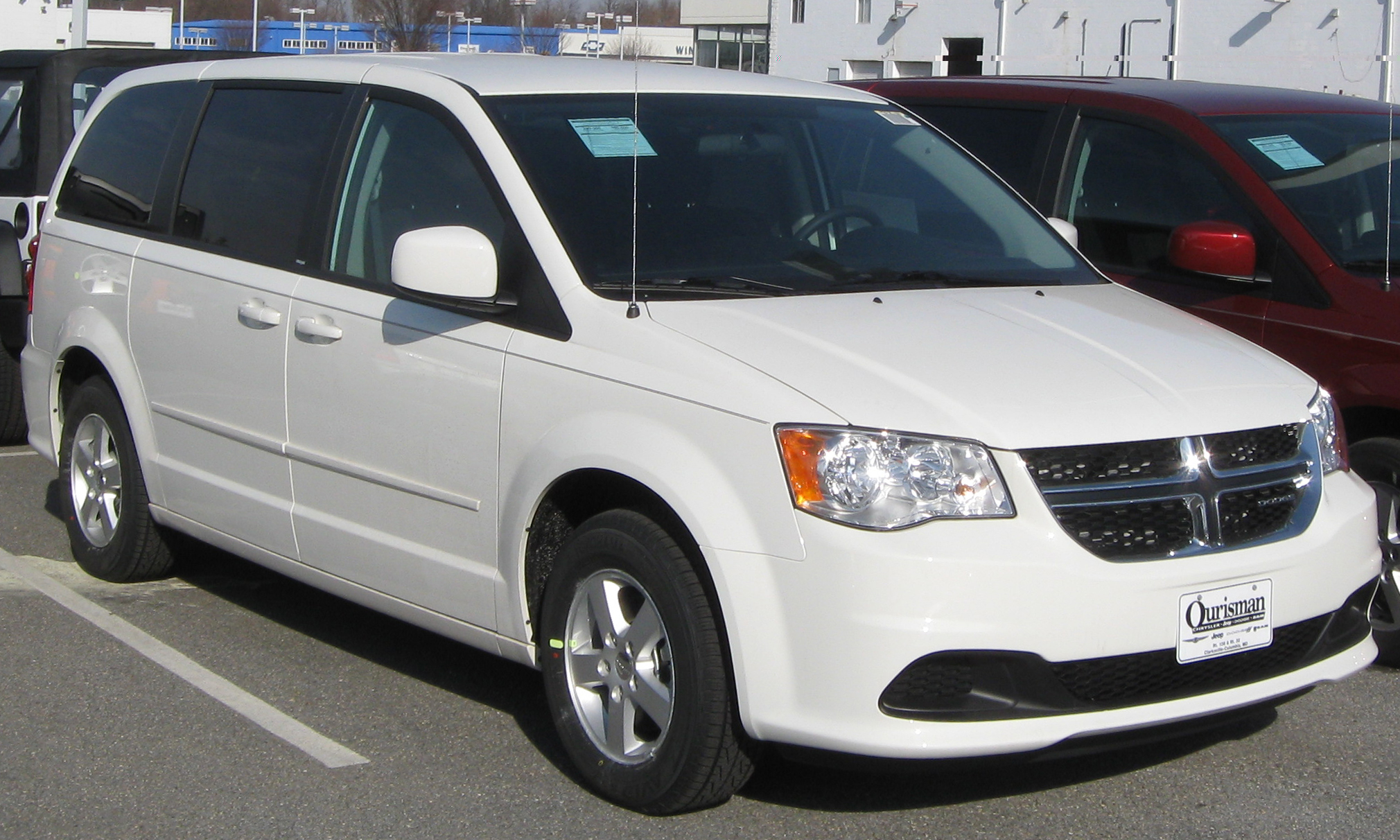
Suspension components like sway bars and control arms also wear out sooner than expected, contributing to an uneven ride and handling issues.
While the Caravan’s low sticker price and spacious interior made it a compelling option at the time of purchase, many owners found themselves trapped in a cycle of repairs and frustration.
For families looking to minimize downtime and maintenance expenses, this is a minivan that often costs more in the long run than it initially seems.
2. Nissan Quest (2011–2017)
The fourth-generation Nissan Quest, sold from 2011 to 2017, looked promising on paper. It had a distinctive design, a comfortable and upscale interior, and was powered by Nissan’s tried-and-true 3.5-liter V6 engine.
But while the engine itself is relatively dependable, the Quest’s Achilles’ heel is its continuously variable transmission (CVT)—a system that has plagued many Nissan vehicles and earned this minivan a spot on the frequent repair list.
The CVT issues are by far the most commonly reported problem. Owners often experience jerky acceleration, delayed throttle response, shuddering, and even complete transmission failure before reaching 100,000 miles.
These problems are not only common but costly to fix, with replacement CVTs running upward of $4,000. Even after repairs or replacements, repeat failures are not unheard of, leaving owners in a cycle of breakdowns.
Beyond the drivetrain, the Quest suffers from electrical gremlins and sensor failures. Malfunctioning power doors, faulty airbag sensors, and climate control glitches are frequently reported.
The cabin, while plush at first glance, shows wear more quickly than rivals, with creaky panels and prematurely aging upholstery.
Parts availability can also be an issue. Because the Quest never sold in high volumes, certain replacement components—especially interior parts and transmission components—can be hard to source or expensive to obtain. This drives up both repair time and cost compared to more mainstream competitors.
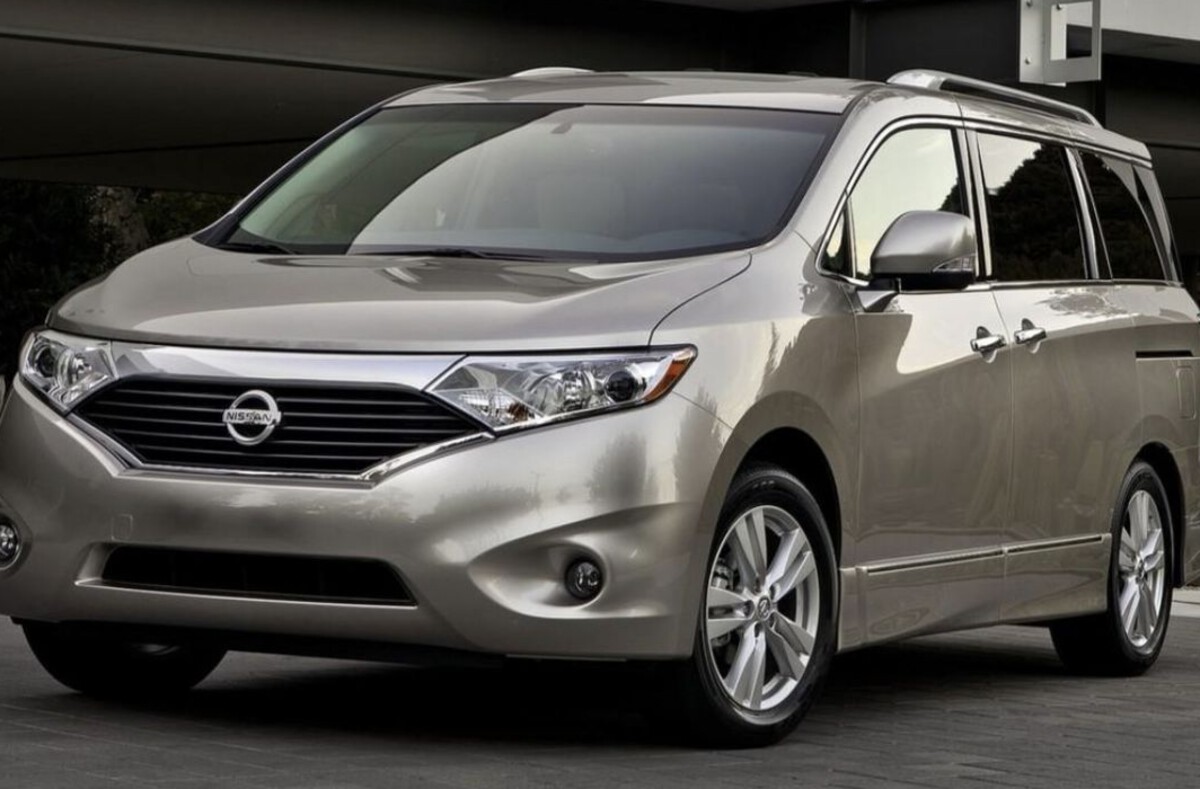
Despite a smooth ride and spacious interior, the Quest’s long-term ownership experience is marred by frequent shop visits, steep repair costs, and persistent reliability concerns.
While its unique look and comfortable cabin may attract some buyers on the used market, those who prioritize durability and lower maintenance costs should steer clear.
In short, the Nissan Quest may seem like a value option at first glance, but over time, it often becomes more trouble than it’s worth.
3. Chrysler Town & Country (2008–2016)
The Chrysler Town & Country has long been positioned as the more upscale sibling to the Dodge Grand Caravan. With added chrome, luxury touches, and more standard features, it certainly looks the part of a premium minivan.
Unfortunately, underneath the veneer lies a host of persistent mechanical and electrical problems that send owners to the repair shop far more often than they’d like.
At the center of many complaints is the 6-speed automatic transmission, which, much like its Dodge counterpart, is known for poor reliability.
Hard shifts, slipping gears, and outright transmission failure often occur before 100,000 miles, especially in pre-2013 models. Even when serviced regularly, many units don’t make it past the 120,000-mile mark without requiring significant repairs.
In addition to transmission woes, the Town & Country is riddled with electrical system issues.
The infamous TIPM (Totally Integrated Power Module) often fails, leading to a range of mysterious and expensive-to-fix problems—dead batteries, failing lights, power door glitches, and unpredictable starter behavior.
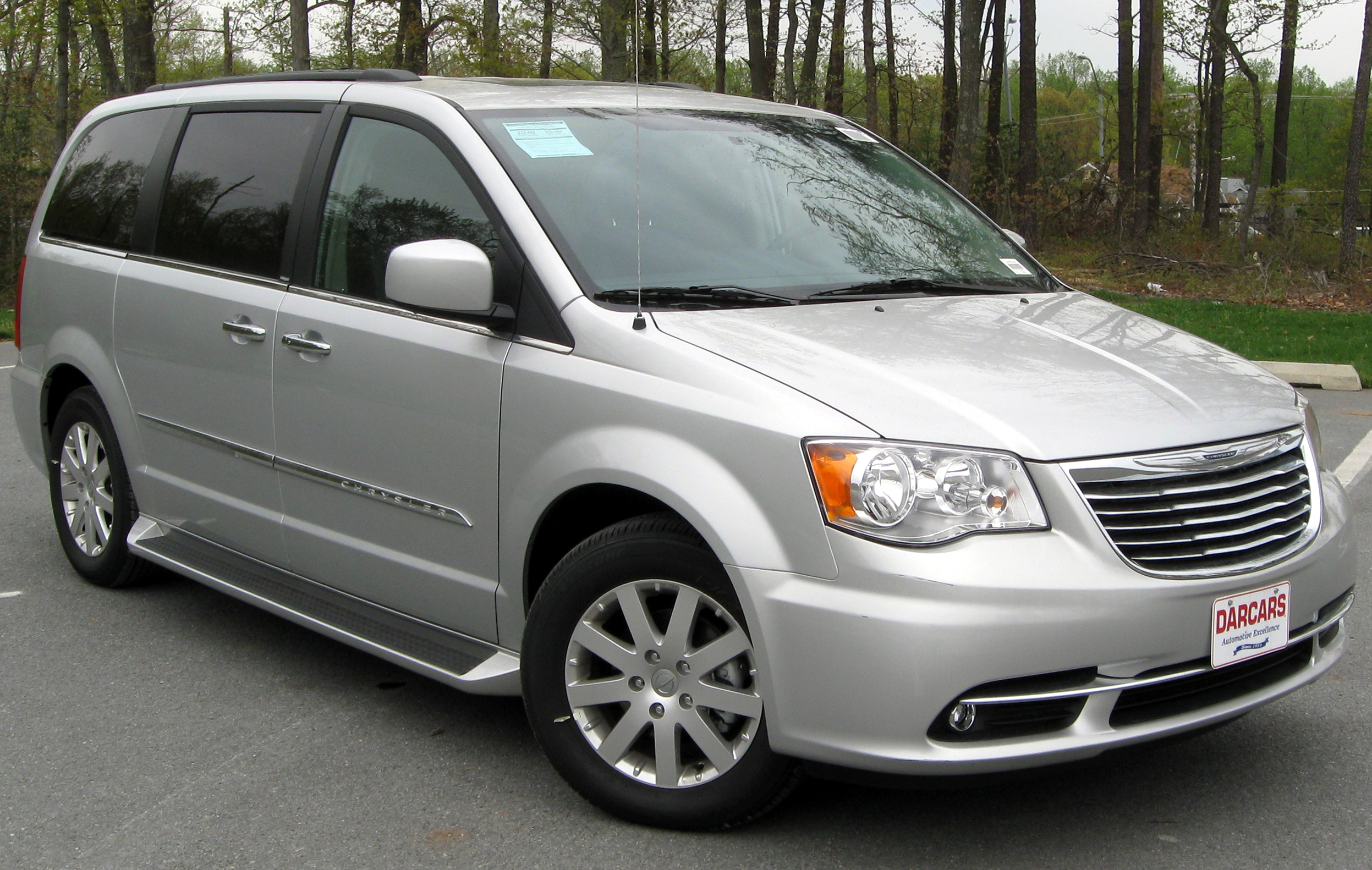
These failures are not only frustrating but difficult to diagnose, meaning shop visits tend to multiply quickly.
Interior quality is another area where the Town & Country falls short. Despite its premium image, materials tend to wear rapidly.
Leather seats crack and fade prematurely, dashboard components rattle or break, and the electronic infotainment systems are prone to malfunction. Even simple power windows and locks have a reputation for failure.
Suspension components also wear out early—control arms, bushings, and struts are all commonly replaced before 80,000 miles. Combined with its heavier body and high center of gravity, these issues impact ride quality and handling over time.
While the Town & Country initially appeals to families with its luxury leanings and practical Stow ‘n Go seating, many owners report being trapped in a cycle of frequent repairs and mounting bills, making it a cautionary tale for those prioritizing reliability and peace of mind.
4. Chevrolet Uplander (2005–2009)
The Chevrolet Uplander was General Motors’ final attempt at capturing the minivan market before the brand exited the segment entirely.
Unfortunately, the Uplander didn’t go out with a bang—it went out with a long list of quality issues, mechanical failures, and frequent breakdowns that make it one of the least reliable minivans of its time.
One of the biggest complaints centers around the 3.9-liter V6 engine and its associated components, which are notorious for developing problems early in life.
Intake manifold gasket leaks, faulty ignition coils, and inconsistent engine performance all appear in service records before 100,000 miles.
The Uplander also suffers from transmission issues, including harsh shifting and internal failures that often lead to complete replacements—usually well before other vehicles would experience similar problems.
In addition to its drivetrain faults, the Uplander is plagued by electrical system failures. Owners frequently report power sliding doors that fail to open or close, dashboard gauges that stop functioning correctly, and chronic issues with interior lighting.
The vehicle’s body control module (BCM) and wiring harnesses are common sources of failure, often requiring time-consuming diagnostics and expensive repairs.
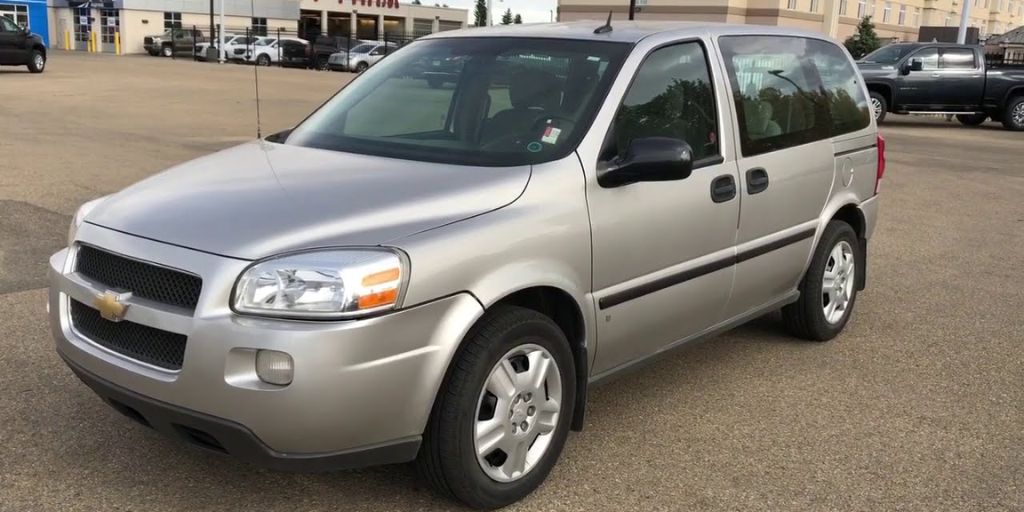
Interior durability is another weak point. The Uplander’s cabin was built with low-grade plastics and upholstery that deteriorates rapidly with daily family use.
Door handles break, seat mechanisms fail, and trim pieces rattle or fall off, especially in older models. Safety features, including airbags and ABS systems, also earned mixed marks in long-term reliability studies.
While the Uplander may offer a low up-front cost on the used market, its long-term ownership costs can skyrocket, especially once the van surpasses 75,000 miles. Parts availability can also be spotty, as GM no longer supports the model actively.
For buyers seeking a long-lasting minivan, the Chevrolet Uplander is a vehicle best left in the past. Its frequent shop visits, unreliable systems, and rapidly aging components make it a poor candidate for decade-long family duty.
5. Volkswagen Routan (2009–2014)
The Volkswagen Routan was an unusual entry in the minivan market—essentially a rebadged Chrysler Town & Country with some VW design tweaks and minor suspension revisions.
It promised German refinement in a practical package, but the result was a minivan with all the Chrysler problems and none of the Volkswagen precision.
This unfortunate combination made the Routan a frequent guest at repair shops during its relatively short life span.
Though Volkswagen added its own branding and interior flair, the Routan was mechanically identical to its Chrysler counterpart.
That means it inherited the same problem-prone 6-speed automatic transmission, the unreliable 3.6-liter Pentastar V6 (in later years), and the infamous TIPM (Totally Integrated Power Module), which plagued both the Routan and its American siblings with mysterious electrical failures.
Transmission problems are among the most frequently reported issues, with many owners experiencing premature wear, rough shifting, or complete failure before reaching 100,000 miles.
The TIPM causes a wide array of issues, including non-functioning power windows, random stalling, and failure of lights, horn, or door locks—often with no simple fix.
The interior, while initially more upscale than Chrysler’s, doesn’t age well. Materials wear quickly, sliding door motors fail, and infotainment systems are outdated and unreliable.
Electrical glitches extend to safety systems too—ABS, airbag sensors, and traction control frequently trigger warning lights or stop functioning altogether.
Adding to the frustration is limited dealer support. Volkswagen dealerships often had difficulty sourcing Chrysler-based parts or lacked the familiarity needed to diagnose problems efficiently.
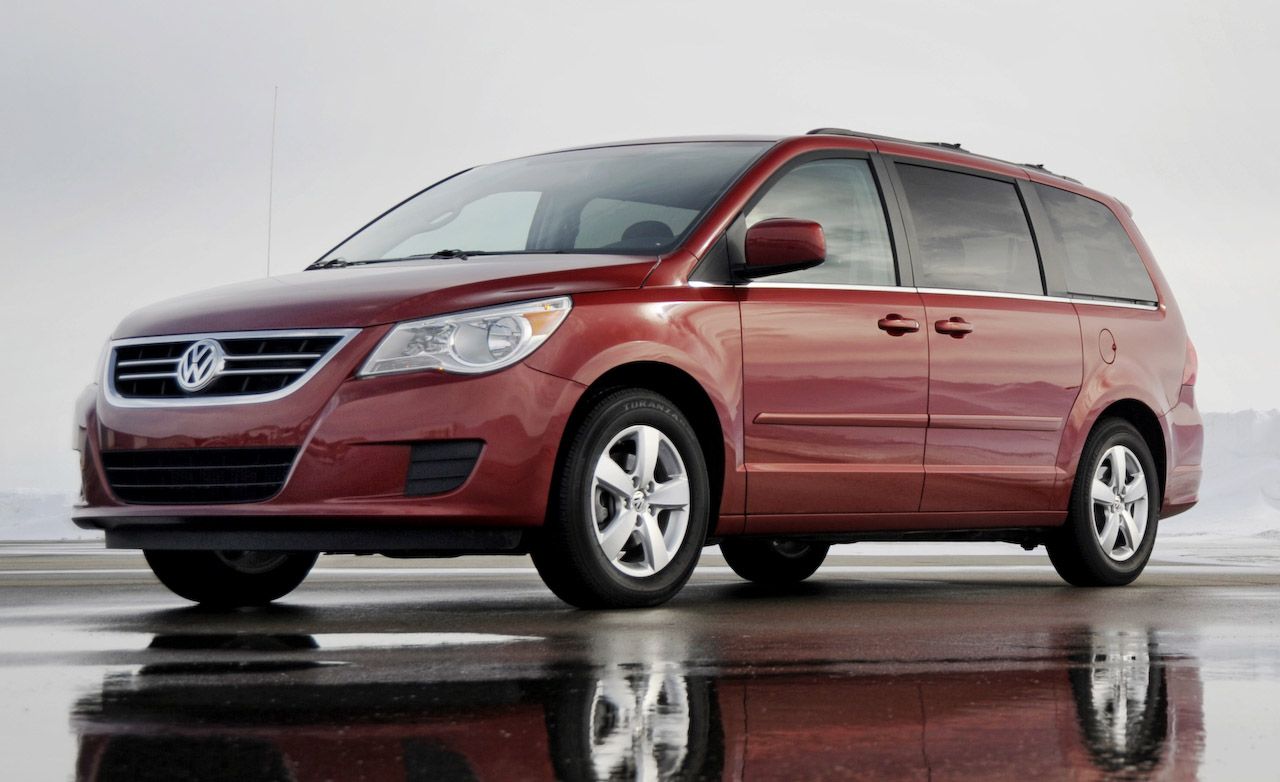
Chrysler dealerships, meanwhile, were reluctant to service a VW-branded model, leaving owners caught in a no-man’s-land of maintenance confusion.
The Routan never gained a strong following, and for good reason. It’s a minivan that combines the reliability pitfalls of two different automakers without the strengths of either.
With frequent shop visits, complex repairs, and fading parts availability, the Routan serves as a cautionary tale in badge engineering gone wrong.
When choosing a minivan, it’s easy to get caught up in initial features, sticker prices, and marketing claims.
But as our comparison shows, true value lies in long-term dependability—especially for a vehicle expected to shoulder years of family errands, road trips, and daily wear.
Some minivans, like the Toyota Sienna and Honda Odyssey, have proven themselves over time with reliable drivetrains, durable interiors, and relatively low repair needs.
Models like the Kia Sedona, Mazda5, and gas-powered Chrysler Pacifica offer similar long-term promise, especially when well maintained.
On the flip side, several minivans fall short under the strain of regular use. The Dodge Grand Caravan and Chrysler Town & Country often look appealing for their low purchase price and versatile seating but come burdened with poor reliability records, particularly in the areas of transmission and electronics.
The Nissan Quest’s CVT transmission is a weak link that can turn into a financial headache, and both the Chevrolet Uplander and Volkswagen Routan struggle with aging components, hard-to-find parts, and a lack of lasting engineering quality.
For families, a minivan isn’t just a vehicle—it’s a daily necessity. Frequent shop visits mean lost time, added stress, and a constant drain on the budget.
The most reliable vans offer something less tangible but just as valuable: peace of mind. They start in the cold, carry kids without protest, and simply get the job done day after day, year after year.
So before buying into a minivan based solely on looks, price, or novelty, take a long view. Choose a model with a solid track record, strong service network, and engineering that prioritizes function over flash.
Over ten years or more, that decision will pay dividends in fewer repairs, lower ownership costs, and smoother family life.
In the world of minivans, lasting quality separates the truly smart choices from the short-term deals you’ll regret. This guide is your roadmap to staying out of the mechanic’s waiting room—and on the road where your family needs to be.
Also Read: 5 Cars With Engines That Don’t Leak Oil and 5 That Constantly Do

